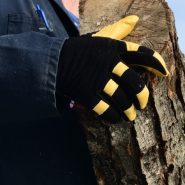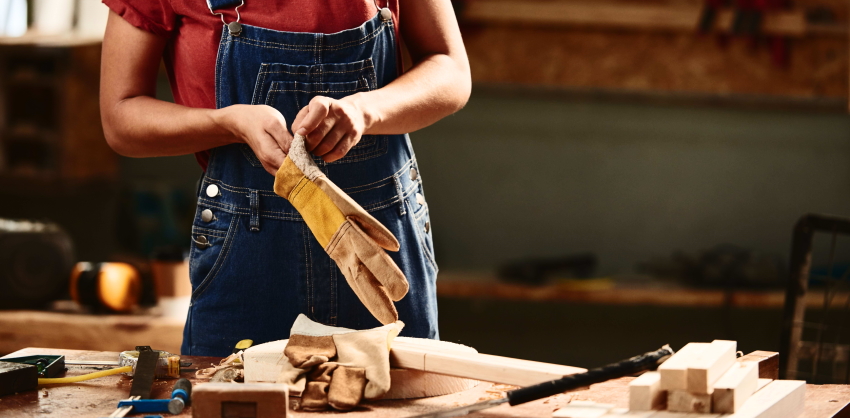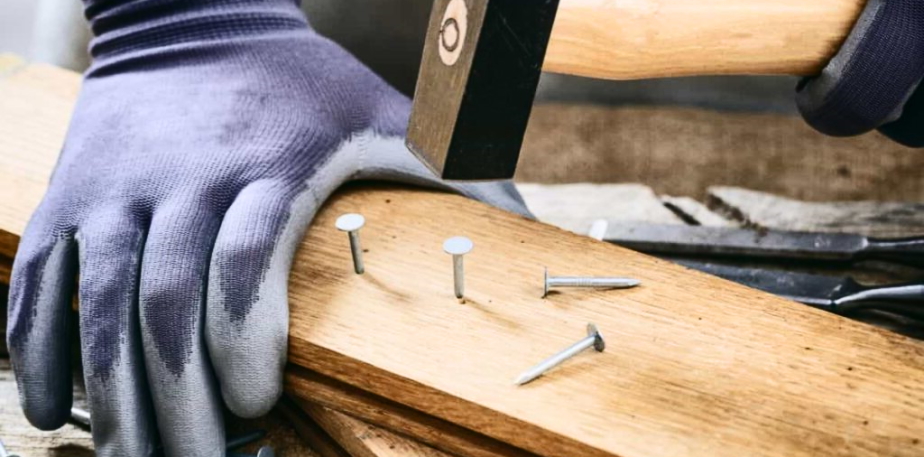
It does not make any difference whether you are a carpenter by profession or do it out of fondness; wearing gloves is a way to protect your hands while woodworking. It is essential that you use versatile and efficient gloves not only to provide protection but also to make work easier for you. Woodwork gloves should be a mixture of different qualities, such as ease of use and agility. Many types of gloves are being sold in the market these days having specific qualities like some are especially for solvents, some provide you a better grip, or for handling wood, etc. So how do choose which gloves to use when woodworking. Here are some key features to look for in the gloves to use when woodworking.
Tips for Choosing the Woodworking Gloves
- Strength and Flexibility
Woodworking is an art of detail and precision. It would help if you had an easy and flexible finger movement yet require a strong material to protect your finger. It is good to choose natural or synthetic material gloves that are potentially resistant and flexible to use.

- Not Too Loose Not Too Tight
If you want to work effortlessly and efficiently, it is inevitable that you wear the right size pair of gloves. Woodworking requires moving around easily, handling different sizes of woods. It will be much easier to work if you are wearing proper size gloves. They will not get stuck into things being too loose or won’t suffocate your hands being too tight.
- Comfortable and Breathable
Picking the right comfortable woodworking and furniture-making gloves is dependent on your workplace setting. To prevent sweating and excessive heat, choose gloves that respire, particularly in hot seasons. If on the other side, you operate outside all year, you should consider investing in a couple of cooler work gloves. Convenience is always a factor to consider when working in any environment.

- Easy To Manoeuvre
It is crucial in furniture making to be capable of moving your hands and wrists freely. You must be able to conveniently swap between tasks having a high degree of cushioning, such as utilizing heavy machinery, and tasks requiring accuracy and precision, such as measurements and calligraphy.
- Cut-Resistance
Bruises, wounds, and wounds are some of the most prevalent forms of worksite damage every year. Woodworking necessitates the constant management of blunt tools and instruments. When looking for woodworking and woodcraft gloves, an essential aspect to look for is sufficient cut reluctance.

 A visit to one of our stores is a must if you are a serious tool user. Events and Demonstrations are regularly held at our stores giving you the opportunity to see the latest machinery, tools and accessories in action and even the chance to ‘Try before you buy’. Don’t miss our In-store Events
A visit to one of our stores is a must if you are a serious tool user. Events and Demonstrations are regularly held at our stores giving you the opportunity to see the latest machinery, tools and accessories in action and even the chance to ‘Try before you buy’. Don’t miss our In-store Events